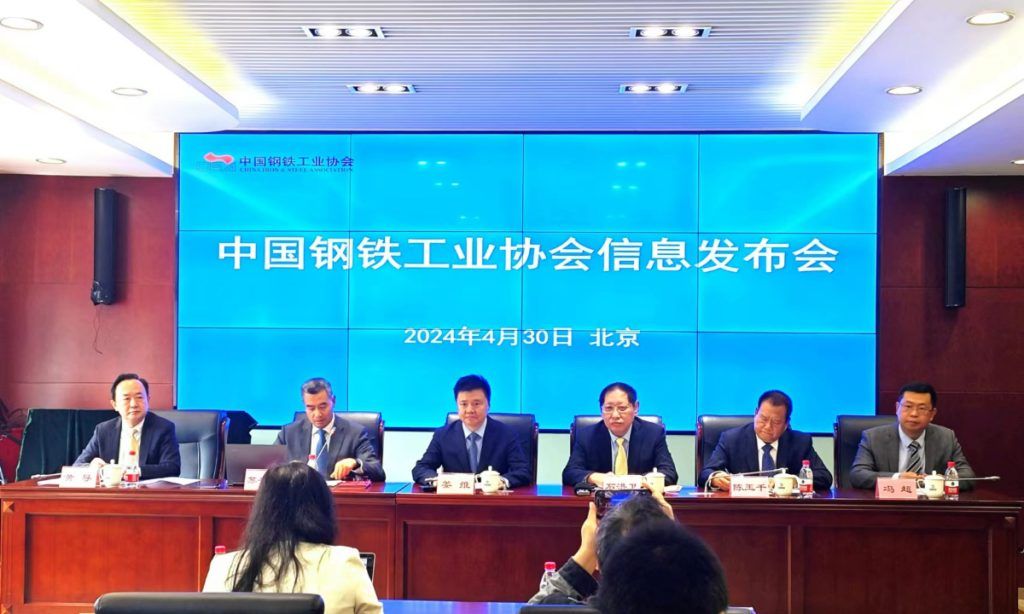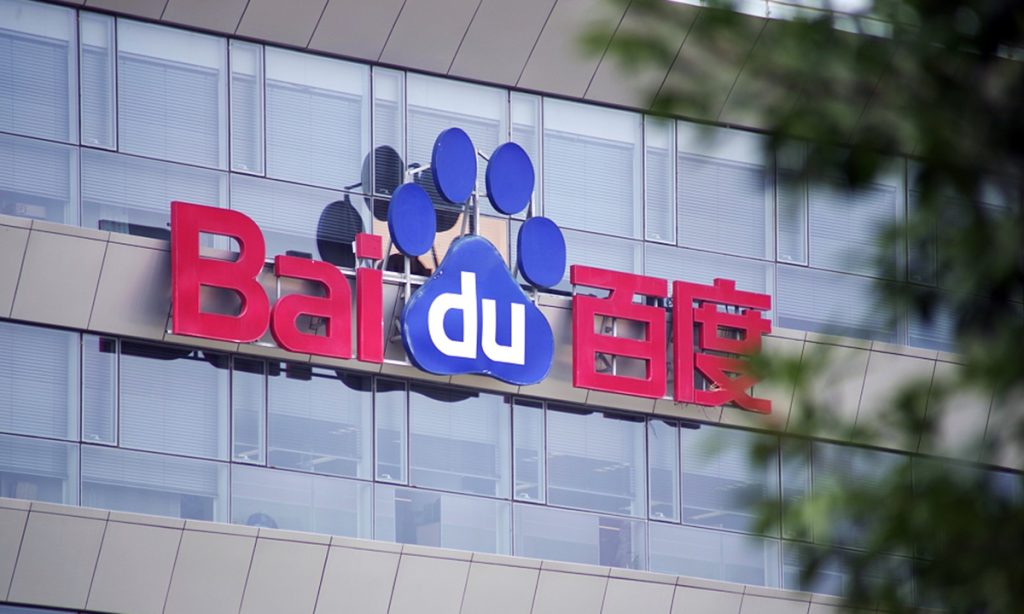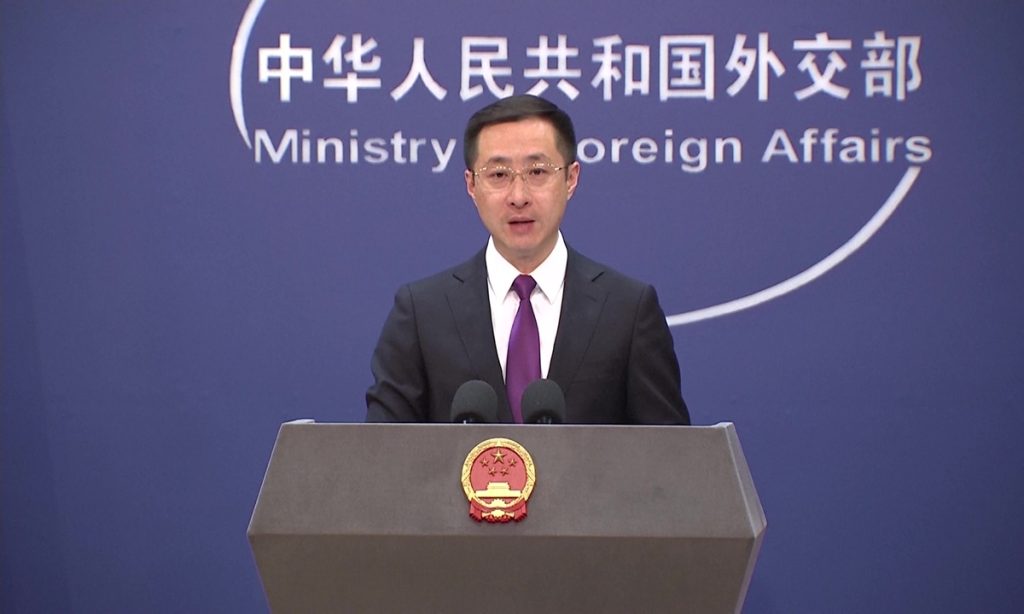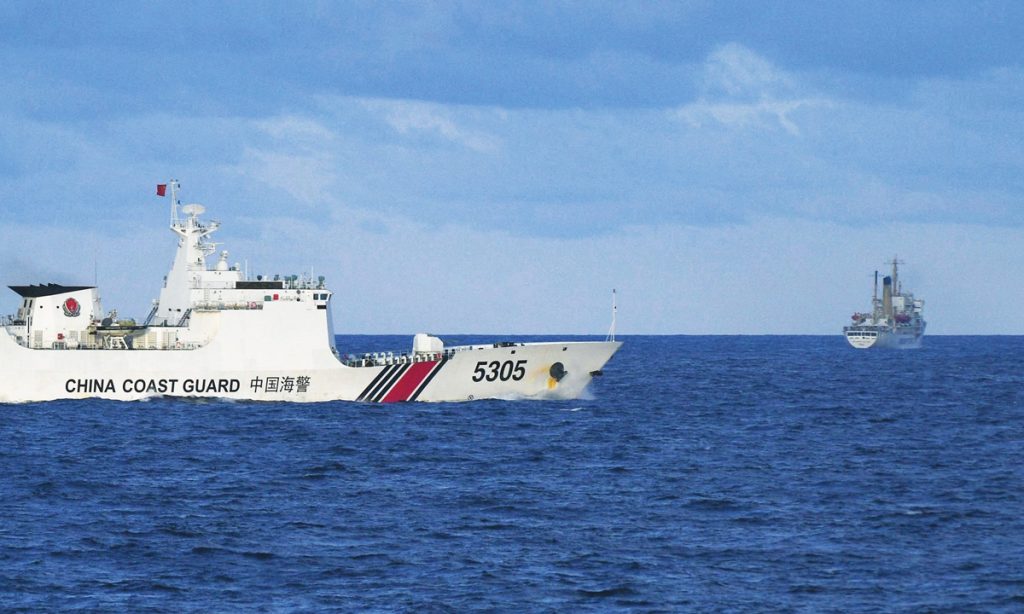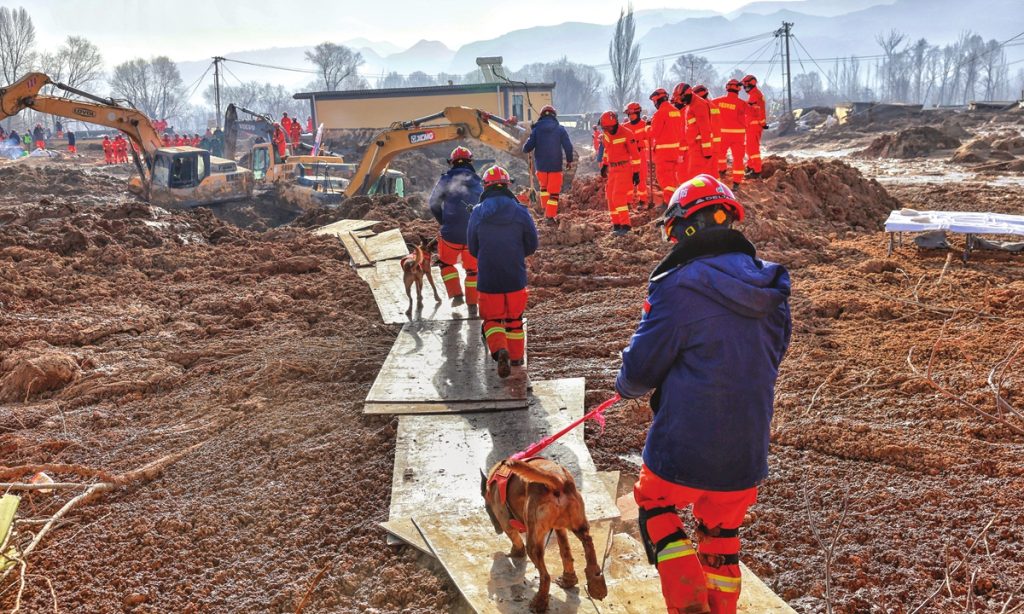How the birth of a solid NPC motion reflects the progress and value of whole-process people’s democracy
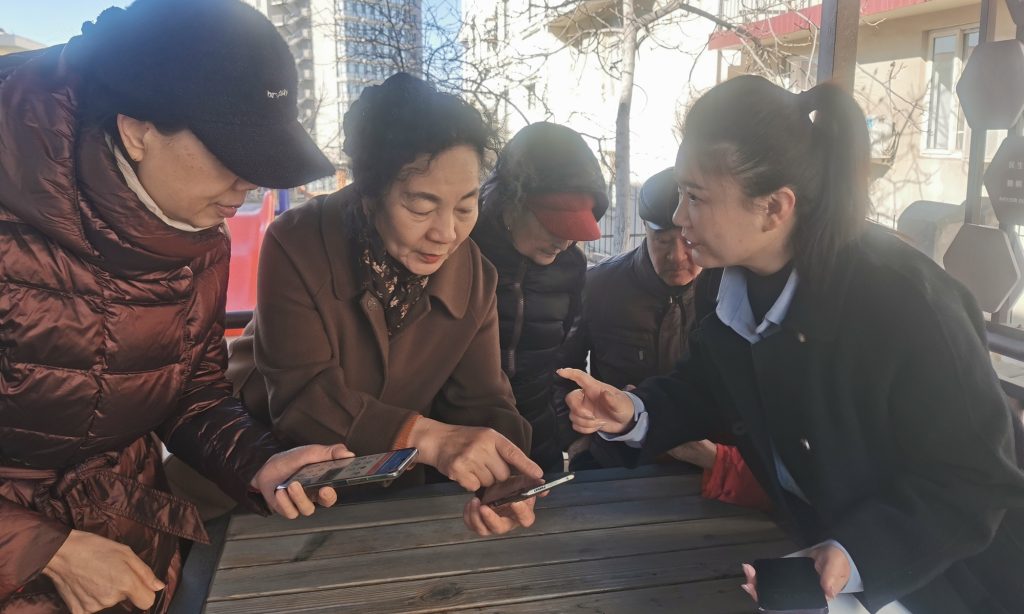
Editor's Note:
China's widely watched annual "two sessions" kicked off on Monday this year. The "two sessions" refers to the annual sessions of National People's Congress (NPC) and the National Committee of the Chinese People's Political Consultative Conference (CPPCC), which are known as the country's top legislature and national political advisory body respectively.
The two sessions is a grand occasion that gathers ideas and wisdom of people of all walks of life across the country. It is an important opportunity for the world to better understand China's whole-process people's democracy, in which the people engage in democratic elections, consultations, decision-making, management, and oversight according to the law. Such democracy is not only shown in the votes taking place at the Great Hall of the People in Beijing, but also embodied in a motion submitted by a NPC deputy coming from a remote area, or a consultative meeting held among some residents living in a city suburb. It can be felt in many details of Chinese people's daily life.
During this year's two sessions, the Global Times is launching a series of stories to illustrate the whole-process people's democracy from some of such details. The second story is about the birth of a well researched, high-demand NPC motion, which shows that China's NPC deputies exercise the right to respond to the real voices of the people and demonstrate the process and values of people's democracy.
As the high-speed train zoomed from Beidaihe in North China's Hebei Province to Beijing on Sunday, Li Dandan, residents' committee director of Dongjing Road Community in Beidaihe district of Qinhuangdao, was carefully reviewing the motions she was going to put forward at this year's two sessions.
She knew that she carried the hopes of the elderly residents in her community, the valuable input from nursing home staff, and the aspirations of other community workers like her across the nation.
As the train raced toward the capital, with a solid and practical motion, Li, a deputy to the NPC from Qinhuangdao, is determined to make a difference for those people she represents.
A motion of actual demand
"Work hard and present confidently when you get to Beijing!" On March 1, 86-year-old Sun Xiujuan, a resident of Li's precinct, shared her genuine concern for Li in a warm and casual manner at her home.
Watching the news about the upcoming NPC, Sun knew that Li, who she treats as a granddaughter, was about to set off on a new journey.
During their conversation, Li updated Sun on various community matters: "The elderly canteen was closed for the Spring Festival holidays, but will reopen soon. I have made sure that the menu plan will be shared in our WeChat group before reopening."
"On March 5 we will be hosting a free clinic event in our community offering services like massages, blood pressure checks for the elderly. If you're interested, just sign up through the 'Fuka (Card of good fortune in English) applet' on WeChat, our community workers will take you there," Li explained earnestly.
With a large number of elderly residents in the Dongjing Road community, where 36 percent of them are over the age of 60, Li has always prioritized providing services for them in her community work.
In 2023, Li was elected as a deputy to the 14th NPC. Throughout the year, she visited households, engaged in discussions, and had heart-to-heart talks with elderly residents to enhance community elderly care services.
This year, Li decided to bring two motions to Beijing, one of which is about the optimization of the construction of smart elderly care application platform. "The progress of the era and our country demands a shift toward intelligent elderly care services," Li told the Global Times.
According to the seventh national census released by the National Bureau of Statistics of China in May 2021, in 2020, the population aged 60 or above in China reached 260 million, accounting for 18.7 percent of the total population, of which 190 million were aged 65 or above, accounting for 13.5 percent of the total population.
In 2021, China's Ministry of Industry and Information Technology, the Ministry of Civil Affairs, and the National Health Commission jointly released a statement, which required that by 2025, the scientific and technological support capacity of the smart elderly care industry will be significantly enhanced, highlighted the importance of narrowing the "digital divide" for the elderly and improving their overall well-being through technological advancements.
In Beidaihe district, Li has been involved in the pilot work of smart elderly care applications, introducing innovative services through the "Beidaihe Fuka Smart Platform" mobile app. Serving over 40,000 people, the platform offers a wide range of intelligent services, making it easier for individuals to access essential services from the comfort of their homes.
Through these exploration, Li learned the importance and the prospect of using smart technology to analyze and monitor the body index of the elderly in real-time, providing more effective and precise home services, especially for those living alone.
"As an NPC deputy, based on the fruitful practice of our district, Hebei Province, and even the whole country, I want to further enhance the grass-roots smart elderly care application platform, addressing challenges faced by the elderly and ensuring that the technology serves its intended purpose effectively,"Li said.
An idea based on practice
On the eve of the two sessions, Li is still busy in her visits with community residents and representatives from elderly health institutions.
This is not just a last-minute effort for her.
"I hope to gain inspiration from the latest interactions and see how I can further enhance my motions," she expressed passionately.
For Li, being an NPC deputy is a continuous process of learning and growth. "Ideas don't just appear out of nowhere, they are shaped by what we observe, hear and contemplate in our daily work."
Reflecting on her journey, Li recalled that a year ago, she had never imagined that she would submit a motion on the development of a smart elderly care application platform.
A visit to a smart elderly care community in Chengdu, Southwest China's Sichuan Province last year planted a seed in her heart. "The modern facilities and innovative elderly care services left a deep impression on me. Subsequently, I participated in a training course, where I gained more insights on the elderly care services, particularly in the realm of smart elderly care platform development."
Li observed that in recent years, elderly care services have expanded to residential areas across China. Initiatives such as community canteens, improved rehabilitation equipment leasing, elderly-friendly home renovations, and volunteer's help like home bathing assistance, health check-ups, have been introduced.
However, through her interactions and research, Li found that there are some problems with using smart technology to care for elderly people. For example, the number of the elderly who uses the platform is relatively small; there is a shortage in the financial support for the development and maintenance of the mobile apps; and there is a lack of instructions to the group from professional personnel.
"This year, with this motion, I aim to address the obstacles faced by the elderly in utilizing smart applications, enabling the true potential of technology to benefit them," Li emphasized.
At the end of last year, Li participated in the sessions of Hebei Provincial People's Congress, focusing on elderly care issues. She engaged in fruitful discussions with provincial NPC deputies on smart elderly care, consolidating their ideas into a comprehensive reference for her motion.
Before leaving for Beijing, Li also visited the local commercial elderly nursing institutions in Beidaihe again, in order to collect more information to perfect her motion.
During this visit, Li met Shang Wenbin, deputy director of the Yanshanhui Health Care Center of China Health And Elderly Care Group, and had extensive discussions with Shang on how to establish a smart elderly care platform so that companies can contribute more to the government's efforts in promoting inclusive elderly care service.
In an interview with the Global Times, Shang shared that through interactions with NPC deputies at various levels, he recognized the significance of the smart elderly care service industry as not just a reform initiative, but a vital livelihood project linked to local economic and social progress.
A fare forth of confidence
A pen and a notebook are always by Li's side in her car, serving as her faithful companions for her duties as an NPC deputy.
This notebook has traveled with Li to countless places over the past year, witnessing her diligent note-taking during visits to residents' homes and attendance at various training and sharing sessions.
What truly inspires Li are the stories shared by experienced NPC deputies.
"One of the deputies who has been re-elected for decades is my role model," Li shared with enthusiasm. "She started as a rural woman with little political knowledge, but her honest and practical motions that truly reflected the voice from grass-roots farmers have made a significant impact on national policies in agricultural field. I aspire to follow in her footsteps."
This year, during her time in Beijing for the two sessions, Li plans to seek advice from veteran deputies, present her ideas and carefully study their feedback.
Her dedication paid off when her motion on improving the lease contract of rehabilitation aids for the disabled was well received at the two sessions 2023, earning praise from the China's Ministry of Finance.
"After sharing the good news with a disabled elderly couple in our community, seeing their tears of joy was truly heartwarming," Li recounted.
"As an NPC deputy, I have come to realize the power of advocating for the voices and needs of our residents," she noted.
"For me, putting forward a high-quality motion is to reflect the most authentic voice and needs of our residents to the central government. When the motion receives feedback from the central government and is put into practice, I felt it is a 'two-way efforts' between the government and the people," Li said.
According to official data, during the two sessions in 2023, deputies performed their duties in accordance with the law and put forward 8,314 motions. These motions have been fully processed and replied by 204 agents as of December 2023. Among them, the deputies adhered to the practice of whole-process people's democracy, maintained close ties with the people, and put forward an increasing motions on the basis of research, inspections, discussions, and visits.
As Li bid farewell to Sun, she left with a promise: "I will work tirelessly in Beijing and return to share my accomplishments with you."
Now in Beijing, with unwavering determination in her heart, Li is eagerly anticipating another wave of positive feedback that will truly impact the lives of those she tirelessly represents.


